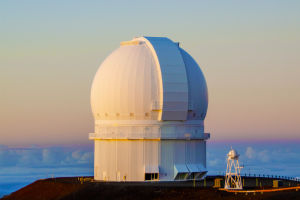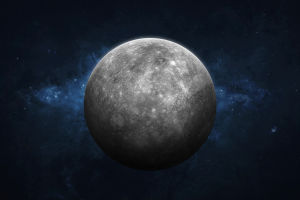In the upcoming decades, the exploration of Martian surfaces and beyond may witness a significant shift towards almost entirely autonomous robotic missions, rendering human presence less advantageous.
Engineering endeavors, such as construction projects, could be executed exclusively by robots, and the potential for robotic exploration extends to celestial bodies like Jupiter, Saturn, and their moons.
Controversially, doubts arise regarding the substantial investment in NASA's multi-billion dollar Artemis program. This skepticism is fueled by the growing probability that human spaceflight beyond low orbit could transition entirely to private missions, entities willing to bear the considerable risks associated with such ventures.
While the allure of human space travel captures our imagination, the exorbitant costs and inherent dangers of astronaut missions prompt a reevaluation of the justification for sending humans to the Moon and Mars. The question emerges: as robots become increasingly capable, do the benefits of manned space exploration still outweigh the risks?
In their book, "The End of Astronauts," American astronomer Donald Goldsmith and Martin Rees, former president of the Royal Society, argue that beyond low Earth orbit, space exploration should occur without human involvement.
Rees, a distinguished professor of astronomy and former director of the Institute of Astronomy at the University of Cambridge, recently reiterated these views in an article for the global media outlet The Conversation, provocatively titled "Artemis - Why it could be the last mission for NASA astronauts."
The historic 1969 moon landing by Neil Armstrong marked a pinnacle in human space exploration. However, since the last Apollo astronauts departed from the moon in 1972, human space exploration has predominantly centered around the International Space Station in Earth orbit.
The ambitious Artemis program, spearheaded by the United States, endeavors to return humans to the lunar surface within this decade, with the ongoing Artemis 1 mission orbiting the Moon and preparing to return to Earth.
A pivotal distinction between the Apollo era and the present lies in the remarkable advancements in computer power and robotics.
In "The End of Astronauts," Goldsmith and Rees contend that these shifts undermine the rationale for the Artemis program.
The Artemis mission relies on NASA's Space Launch System, the most powerful rocket ever built, reminiscent of the iconic Saturn V rocket that propelled a dozen Apollo astronauts to the moon. Conversely, recent breakthroughs in robotic exploration are epitomized by Mars rovers, particularly NASA's latest addition, Perseverance.
Equipped with advanced sensors and artificial intelligence, Perseverance can autonomously navigate rocky terrain, showcasing the potential for robots to identify and explore intriguing sites independently, further minimizing the necessity for human involvement in certain missions.
As technology continues to advance, the debate surrounding the role of humans in space exploration intensifies.
While the Artemis program represents a bold step toward returning humans to the moon, the ever-improving capabilities of robotic missions raise pertinent questions about the future trajectory of space exploration and the optimal balance between human and robotic involvement.
As we contemplate the future of space exploration, the synergy between human and robotic endeavors becomes a focal point. While Artemis aims to rekindle human lunar exploration, the exponential growth of robotic capabilities suggests a paradigm shift.
Robotics, with enhanced autonomy and artificial intelligence, promises cost-effective and risk-mitigated exploration of distant celestial bodies. Collaborative efforts could harness the strengths of both domains, ensuring efficient and groundbreaking discoveries.


